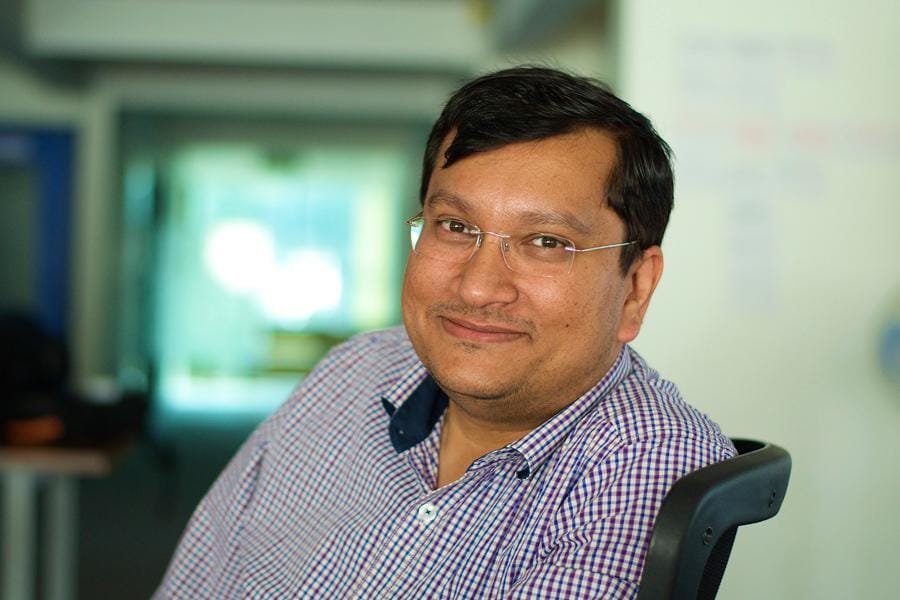SimpleAgile: A Paradigm Shift for the Agile Methodology

The agile method is a particular approach to project management that is utilized in software development. This, unlike the traditional waterfall approach, is iterative and not linear. The emphasis of the agile process is on rapid delivery of an application in complete functional components. Instead of creating tasks or schedules, the agile method focuses on creating “sprints”, which can be understood as different phases of a project. The benefits of the Agile methodology are clear from a survey conducted, according to which, more than 37% of surveyed marketers use some or the other form of Agile to manage their work.
The new ways of Agile working are largely credited to the co-author of The Agile Manifesto - Jeff Sutherland. The book touts emphasis on people over process, incremental development cycles, continuous feedback, and responsiveness towards change.
If we look at Agile as a movement, then as with any other movement, we should consider: can we do better?
Because of course, we can. After all, The Agile Manifesto has been around for 16 years, and as all things do with time, it too has become dated. While we can’t ignore that the Agile method has indeed worked better than Waterfall methodologies, it’s by no means the perfect solution. According to the Chaos Report, up to 23 per cent of projects that use the Agile methodologies still, fail.
Agile is broken
With the Agile process, it’s easy to lose all sense of balance. After all, if you want the agile model to work, you need to ensure that all the members of the project management and product management teams are on the same page regarding the software - which is easier said than done. Everybody involved must also recognize how the demands can quickly become massive pitfalls.
More often than not, technical debts tend to pile up under the Agile methodology, which is not addressed in time, because the people calling the shots don’t see it till it’s far too late, or too expensive to fix. Also, individual engineers are scrutinized based on solely the optics of the current “sprint” - implying that no one focuses on the larger picture. Agile has been called out for being “mindless, near-sighted sprint after sprint without any improvement, just tickets after tickets after tickets”.














